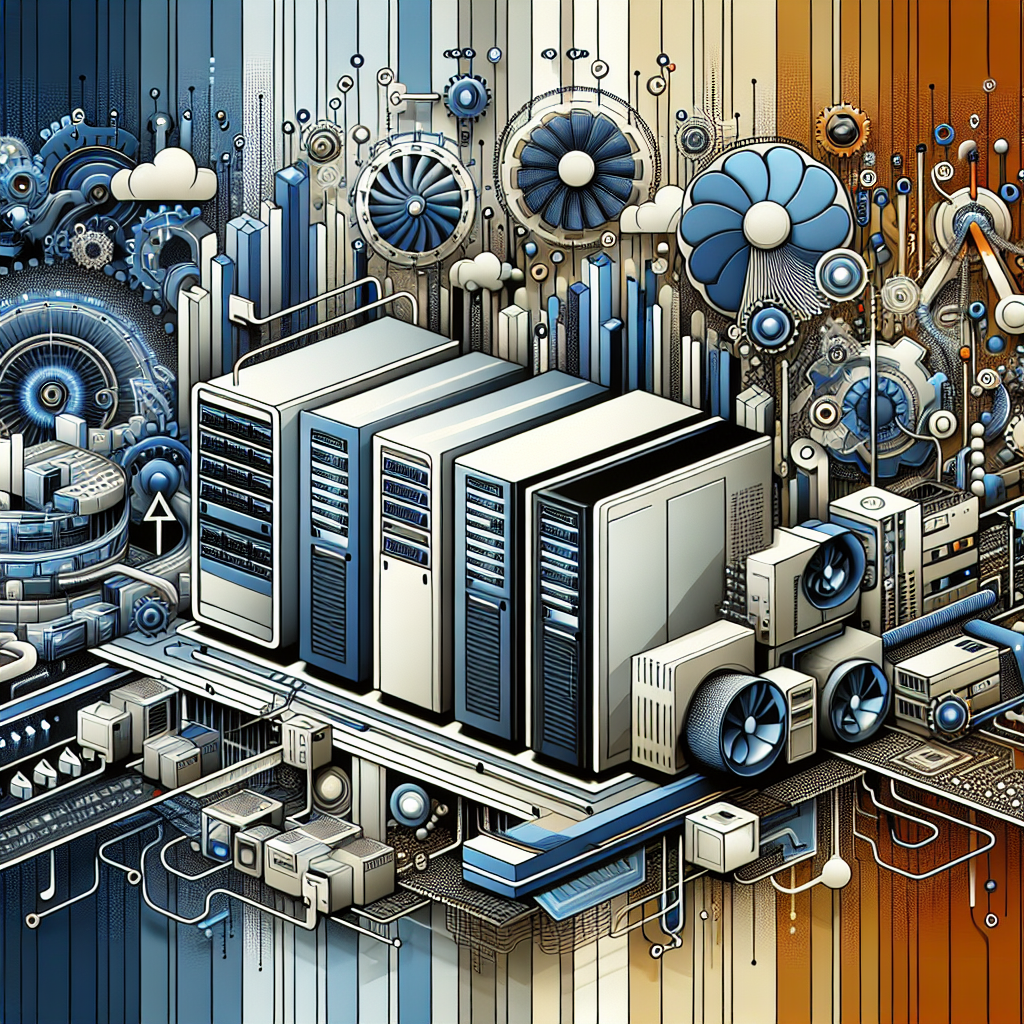Your cart is currently empty!
Key Metrics for Monitoring and Improving Data Center Operational Efficiency

Data centers play a crucial role in the modern digital economy, serving as the backbone of the internet and housing the servers and infrastructure that power everything from e-commerce websites to streaming services. As such, it is essential for data center operators to continuously monitor and improve the operational efficiency of their facilities to ensure optimal performance and cost-effectiveness.
One of the key aspects of monitoring and improving data center operational efficiency is the use of key metrics. By tracking and analyzing specific metrics, data center operators can gain valuable insights into the performance of their facilities and identify areas for improvement. Here are some key metrics that data center operators should focus on when it comes to monitoring and improving operational efficiency:
1. Power Usage Effectiveness (PUE): PUE is a widely-used metric that measures the efficiency of a data center in terms of how much power is used for computing versus non-computing functions such as cooling and lighting. A lower PUE indicates a more efficient data center, as it means that a higher percentage of the power consumed is being used for computing purposes.
2. Energy Efficiency Ratio (EER): EER is another important metric for monitoring data center efficiency, as it measures the amount of cooling capacity provided by a data center in relation to the amount of energy consumed. A higher EER indicates a more energy-efficient data center, as it means that more cooling capacity is being provided for each unit of energy consumed.
3. Server Utilization Rate: Server utilization rate measures the percentage of time that servers in a data center are actively processing workloads. A higher server utilization rate indicates that servers are being used more efficiently, which can lead to cost savings and improved performance.
4. Cooling Efficiency: Cooling is a major component of data center energy consumption, so it is important to monitor and optimize cooling efficiency. Metrics such as the temperature of the data center, the airflow patterns, and the effectiveness of cooling systems can all provide valuable insights into how efficiently a data center is being cooled.
5. Carbon Footprint: Monitoring the carbon footprint of a data center is becoming increasingly important as companies strive to reduce their environmental impact. By tracking metrics such as greenhouse gas emissions and energy consumption, data center operators can identify ways to reduce their carbon footprint and operate more sustainably.
In conclusion, monitoring and improving data center operational efficiency is essential for ensuring optimal performance and cost-effectiveness. By focusing on key metrics such as PUE, EER, server utilization rate, cooling efficiency, and carbon footprint, data center operators can gain valuable insights into the performance of their facilities and identify areas for improvement. By continuously monitoring and optimizing these metrics, data center operators can ensure that their facilities are operating at peak efficiency and are able to meet the growing demands of the digital economy.

Leave a Reply